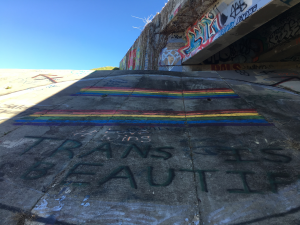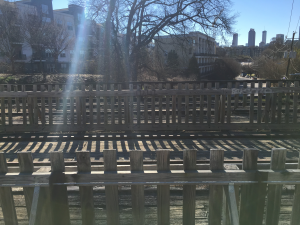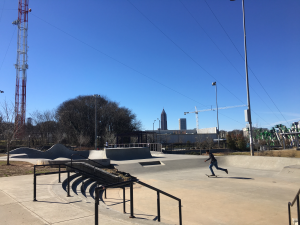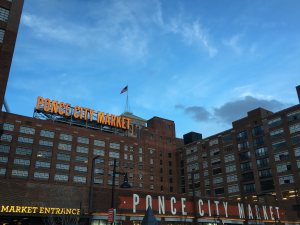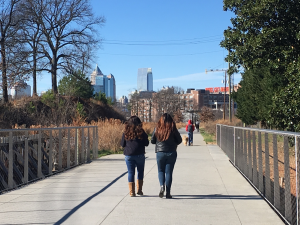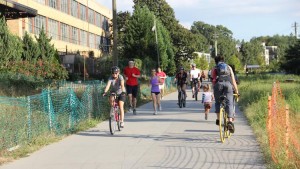In the article “Recognizing Campus Landscapes as Learning Spaces” by Kathleen G. School and Gowri B. Gulwadi, the authors make a case calling for campuses to incorporate green spaces in their landscapes to help recharge students’ ability to pay attention. Because college asks for students to devote many hours a day of concentration and devotion students begin to lose the ability to seriously focus. With the inclusion of technology and smartphones in this generation, it also reduces the focus levels the students have. Historically, colleges and universities were stationed in predominately rural areas where they were surrounded by natural landscapes and green spaces.

With the introduction of federal grants and the rapid increase of student enrollment after World War II, open spaces were used to house new buildings which reduced the natural landscapes. In the article, Scholl and Gulwadi use a quote from Frederick Law Olmstead stating that “natural scenery employs the mind… and gives the effect of refreshing rest and reinvigorates the whole system” (Bratman, Hamilton, & Daily, p. 124). This backs up their statement that natural scenery helps students recharge their ability to pay attention and focus more on challenging subjects. The authors also bring up the concept of ART which stands for Attention Restoration Theory which states that “interaction with nature has specific recovery effects on the human attentional system” (Scholl & Gulwadi, 54), which serves as more proof of their main ideas. After prolonged focusing and mental attention being used, the authors state that students will struggle with demands of school and start to see a decline in success on assignments, and social changes which would make them more likely to be hostile and less friendly. Also presented in the article is the idea that a student’s over college experience is possibly affected by the ability to recharge their attention span through surrounding nature. The question of “what is considered nature?” is then proposed and the authors include a diagram of the different sources and forms of nature. In conclusion, Scholl and Gulwadi wrap up the piece by recalling that openand natural spaces are vital to providing regeneration of attention spans of students and providing a great college learning environment.
